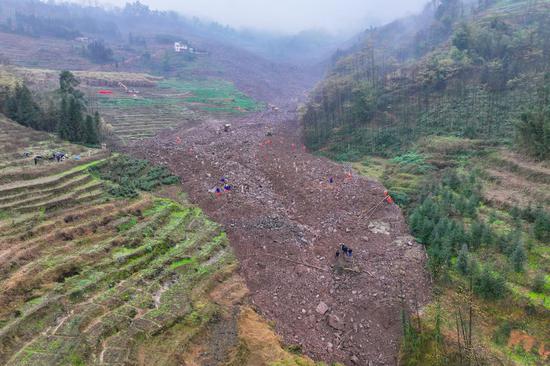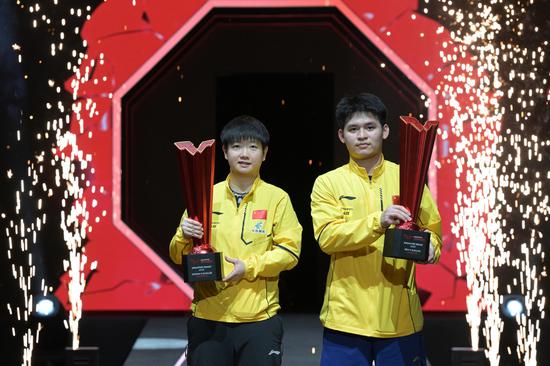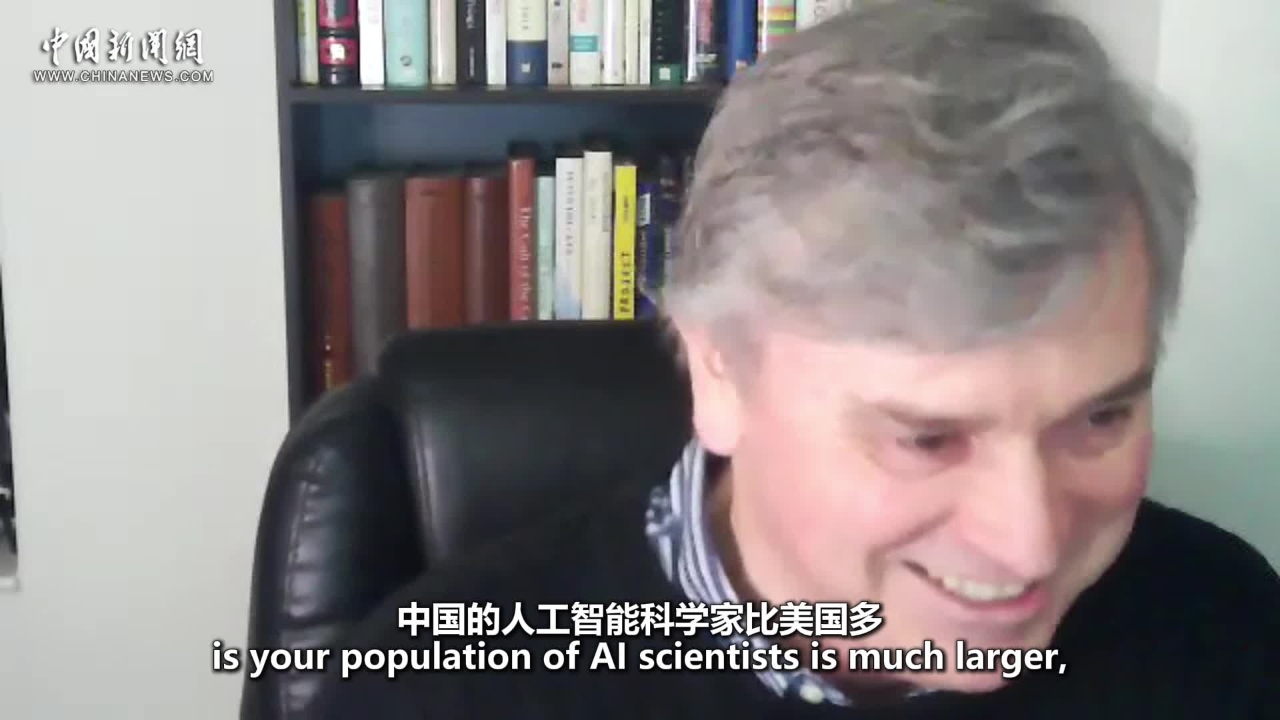Since 2021, Chinese scientists have also used lunar soil samples returned by the Chang'e 5 mission to demonstrate that significant magma activity still existed on the near side of the moon 2 billion years ago, and minor volcanic activity persisted as recently as 120 million years ago.
In July, another groundbreaking discovery attracted global attention when Chinese scientists found molecular water in lunar soil samples returned by Chang'e 5.
"On the lunar surface, due to high temperatures and the vacuum, liquid water cannot exist, so what has been discovered this time is crystalline water. This means that water molecules have combined with other ions to form crystals," said Jin Shifeng, an associate researcher at the Institute of Physics at the CAS.
Crystalline water is more common on Earth in forms such as common copper sulfate pentahydrate, which contains crystalline water. However, the discovery of crystalline water on the moon is a first.
"This is a real water molecule. When slightly heated under vacuum conditions on the moon, it is estimated that water vapor can be released at around 70 C," Jin said. "Of course, if it were on Earth, with the presence of air, it would likely need to be heated to 100 C."
Previously, signs of molecular water had been discovered through remote sensing technology, as well as "water" in geology, which refers to anything that contains hydroxide ions, but this is different from water as it is known in daily life.
The presence of water on the moon is crucial for lunar evolution studies and resource development.
The absence of water-bearing minerals in the lunar soil samples brought back from the Apollo missions led to the basic assumption in lunar science that the moon was devoid of water, Jin said.
Another technological advancement came in May when it was announced that Chinese scientists had developed the world's first brain-like complementary visual chip. Called Tianmouc, the visual chip may be used in future applications of autonomous driving, intelligent robots and cellphones.
Shi Luping, a professor at the Department of Precision Instruments at Tsinghua University, and director of the Brain-inspired Computing and Social Interaction Research Center that developed the chip, said it marks a fundamental breakthrough for China, or even the world, in both brain-like computing and brain-like perception.
Real-world applications of artificial intelligence systems need to handle vast amounts of data and also cope with various extreme events, and Tianmouc can handle both.
"An autonomous driving system may encounter sudden dangers, drastic light changes at tunnel entrances and exits, strong flash interference at night, and more. Visual perception is an important way for artificial intelligence to acquire information and is a crucial component of AI," said Shi.
"Traditional visual perception chips typically have high power consumption, and the high data volume also demands high bandwidth. Therefore, in dealing with extreme scenarios, issues such as image distortion and high latency may arise, affecting the stability and safety of the system," he said.
Tianmouc breaks down open-world visual information into information representations based on visual primitives, and by combining these primitives, it mimics the characteristics of the human visual system, forming two visual perception pathways. This significantly reduces energy consumption and bandwidth, while also improving the accuracy of perception.
"We are completely following our own technological path, which is original. We have created dual pathways imitating the human eye. So when AI makes decisions, it doesn't have to wait until it can 'see' things clearly like current technologies," Shi explained.
President Xi Jinping has emphasized the strategic position and fundamental support role of science and technology, anchoring the strategic goal of building a strong country in science and technology by 2035.
This has received widespread support from the scientific community.
Cai Rui, a political adviser from the Liaoning Provincial Department of Science and Technology, said, "The top-level design and overall planning at the national level emboldened China to accelerate high-level technological self-reliance, and in some ways led to all the outputs from scientists."


















































 京公網安備 11010202009201號
京公網安備 11010202009201號